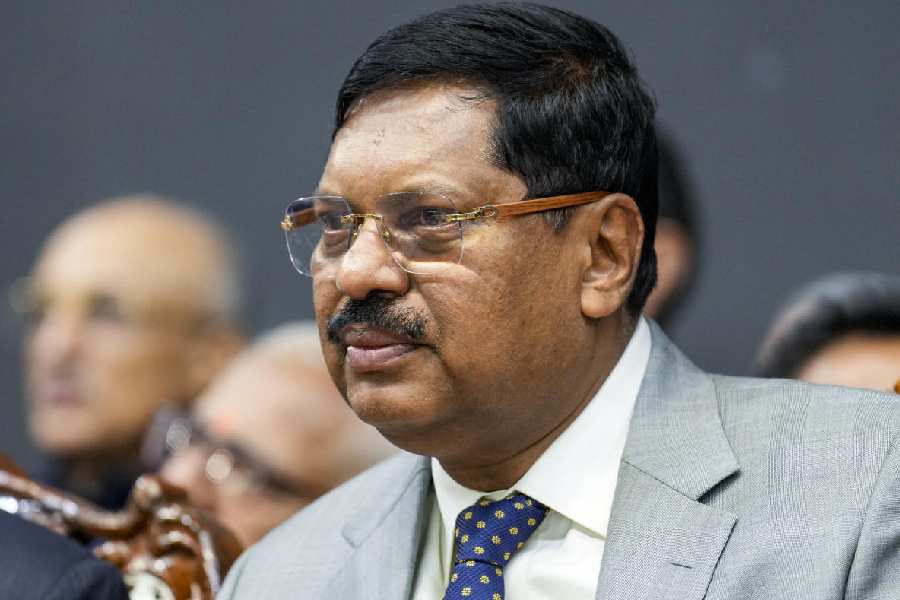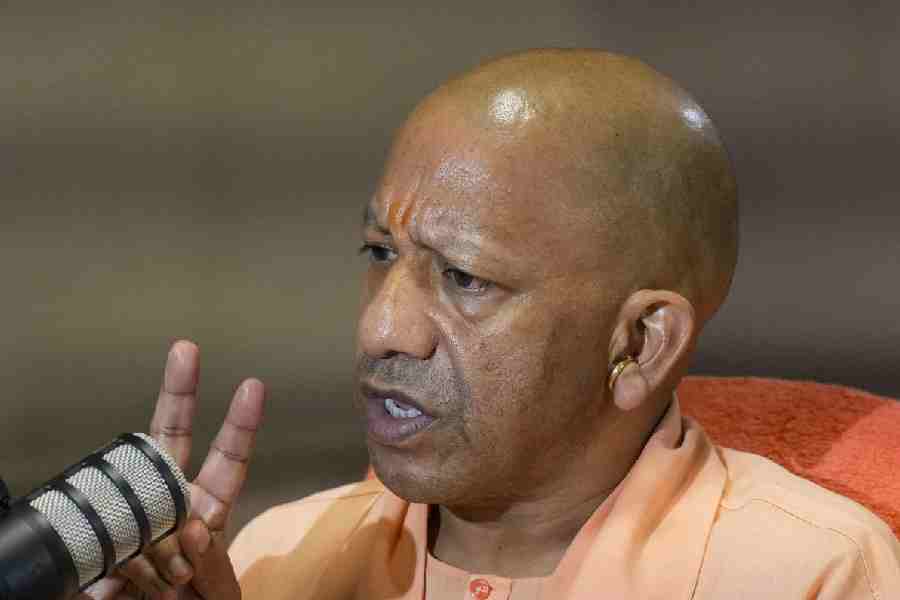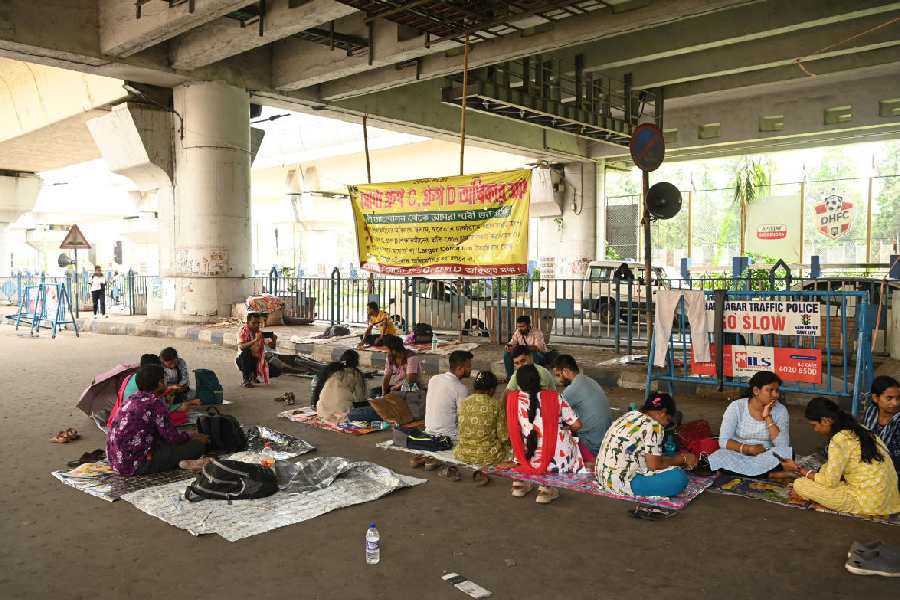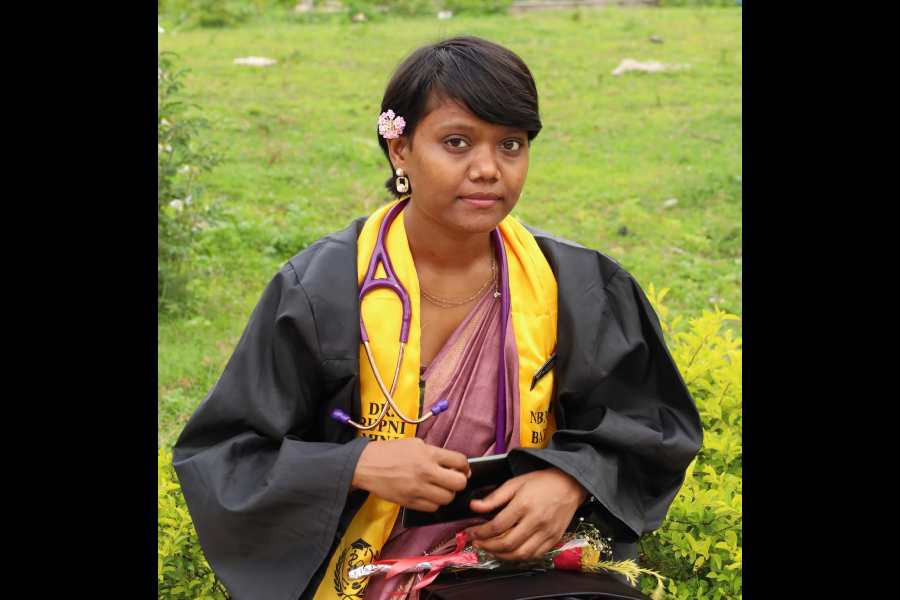 |
 |
| Turtles and tortoises: temple refuge |
Guwahati, Aug. 21: The next time someone serves you turtle meat, pause before you gorge. Of the 22 species of turtles in the Northeast, no less than 14 species are threatened with extinction.
Some of the few remaining sanctuaries for turtles and tortoises are the temple ponds — water bodies in the precincts of Hindu religious centres.
With the population of most varieties of turtles, terrapins and tortoises dwindling rapidly, these temples can play a major role in conserving these reptilian species. They are being looked upon as “turtle conservators”.
There is a number of temples in Assam which house turtles and tortoises for religious purposes, often in their natural habitats. Apart from the world famous Kamakhya Temple, these include Madhab Mandir in Hajo, Nagshankar Temple in Biswanath Chariali and Garakhia Gohair Than in Sarbhog.
“These temples can play a major role in conserving turtles as they are a source of the gene pools of different species of these reptiles. They can also act as education centres for turtle conservation in different corners of the region as lakhs of devotees visit the temples every year,” said Firoz Ahmed, a herpetologist in charge of the herpetology division of Aaranyak, a biodiversity conservation society.
Several thousand kilograms of turtles are slaughtered annually in Assam for the table. The loss of turtle population is exacerbated by improper management of wetlands and rivers.
“We visited a series of community temple ponds earlier this year to gather information about turtles. The biggest of them is the Nagasankar pond of Bishwanath Chariali. The pond contains Asperedetes Nigricans (black softshell turtle), Asperedetes Gangeticus (Indian softshell turtle), Chitra Indica (narrow-headed softshell turtle) and Pangsura Tentoria (Indian tent turtle).
Other ponds visited include the ponds at Madhav Dev Namghar in Kaliabor and at Aatkheliya Namghar in Golaghat district.
“The team held discussions with temple committee members about the future role of temple ponds in conservation of local turtle genetic resources, which are rapidly dwindling,” Ahmed said. He is also working on a British Petroleum (BP) project, the Conservation Programme on Turtles and Tortoises of Northeast India: Saving them from Extinction.
As part of outreach programmes under the ongoing BP project, Aaranyak is going to put up posters of turtles found in temple ponds with information on their conservation status. These will include appeals to the devotees to help save the turtles.
“We shall start this on an experimental basis in a couple of temples. Depending on our success, we will expand to other ponds,” Ahmed said.
Aaranyak is trying to identify all the turtle ponds in the region and work with some of the temple administration.
A status report on turtles and tortoises of the Northeast is being prepared to suggest measures for management and protection of key species and habitats. This should be completed by mid-2008.










